About Us
Welcome to Cosmetic Chemistry Hub, where we explore the science behind everyday cosmetics. Our mission is to educate and empower you with knowledge about the ingredients and chemistry of your favorite make-up products.
Mission
We aim to bridge the gap between chemistry and cosmetics by providing detailed insights into product formulations and ingredients.
Background
As IT202 students specializing in mobile and web development, we combine our technical skills with an interest in cosmetic science. Our project showcases our ability to create informative and interactive web content while applying our knowledge of chemistry.
What We Offer
- Ingredient breakdowns
- Interactive product exploration
- Educational content on cosmetic chemistry
Contact Us
If you have any questions or would like to learn more about our project, feel free to contact us at it202@sticollegenovaliches.edu.ph.
Products
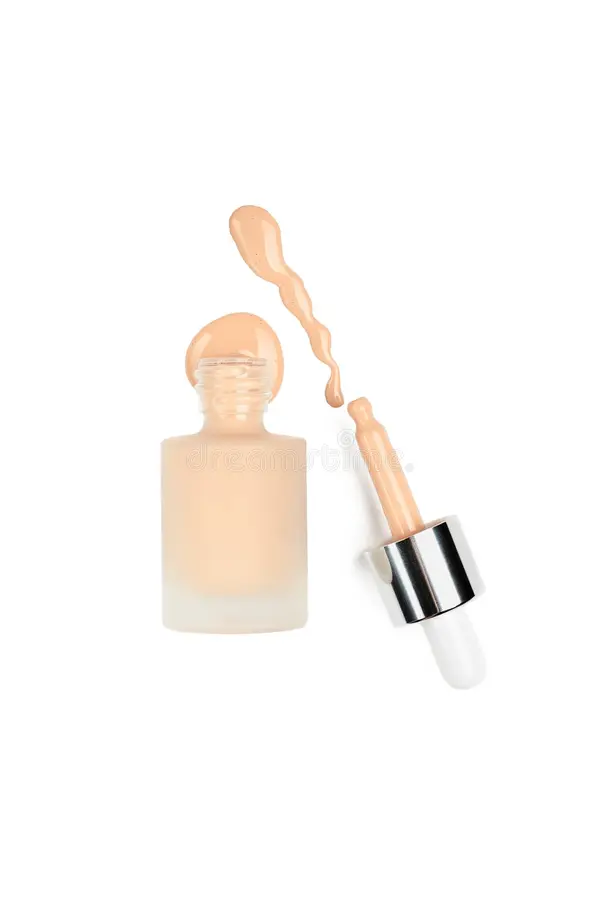
Foundation
Foundation is a base make-up product designed to even out skin tone and cover imperfections. It can come in various forms, including liquid, powder, cream, and stick.
Benefits: Provides coverage for blemishes, uneven skin tone, and redness. Helps create a smooth base for other make-up products.
Potential Issues: Can cause breakouts if not removed properly. Some formulations may clog pores or cause allergic reactions.
Watch how Foundation is made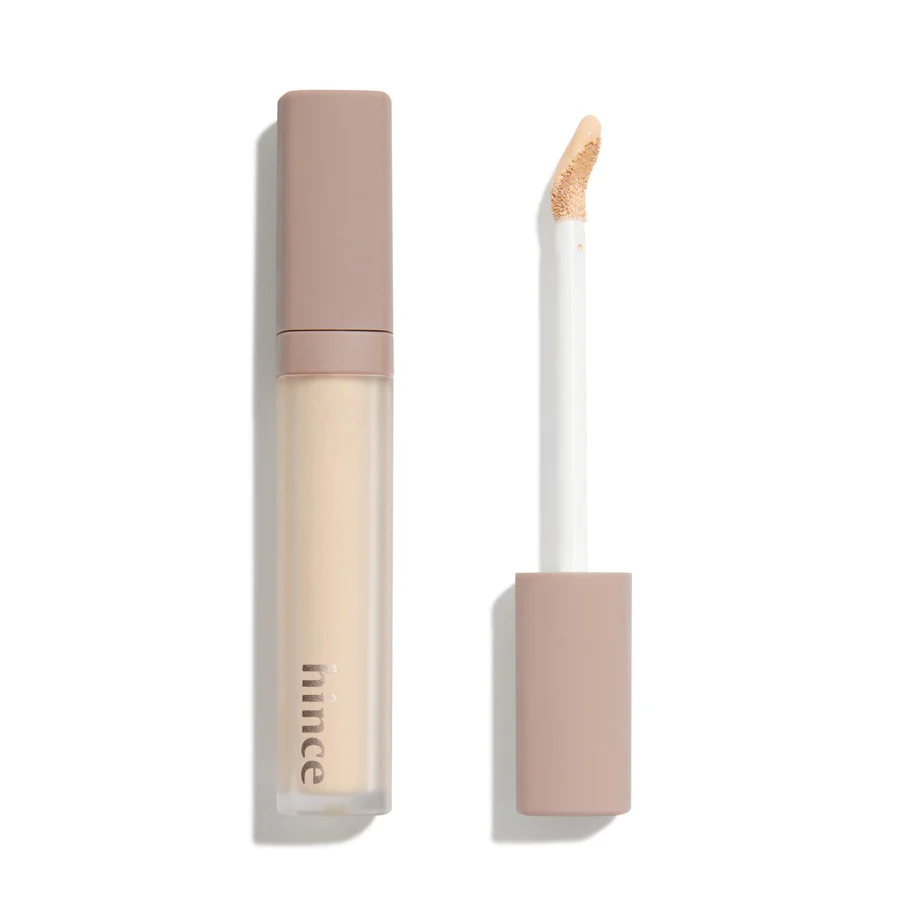
Concealer
Concealer is used to cover specific blemishes, dark circles, and imperfections. It is typically thicker than foundation and provides more targeted coverage.
Benefits: Helps mask dark circles, blemishes, and redness. Can brighten and even out the skin tone.
Potential Issues: May be too heavy for some skin types and can accentuate dry patches if not properly blended.
Watch how Concealer is made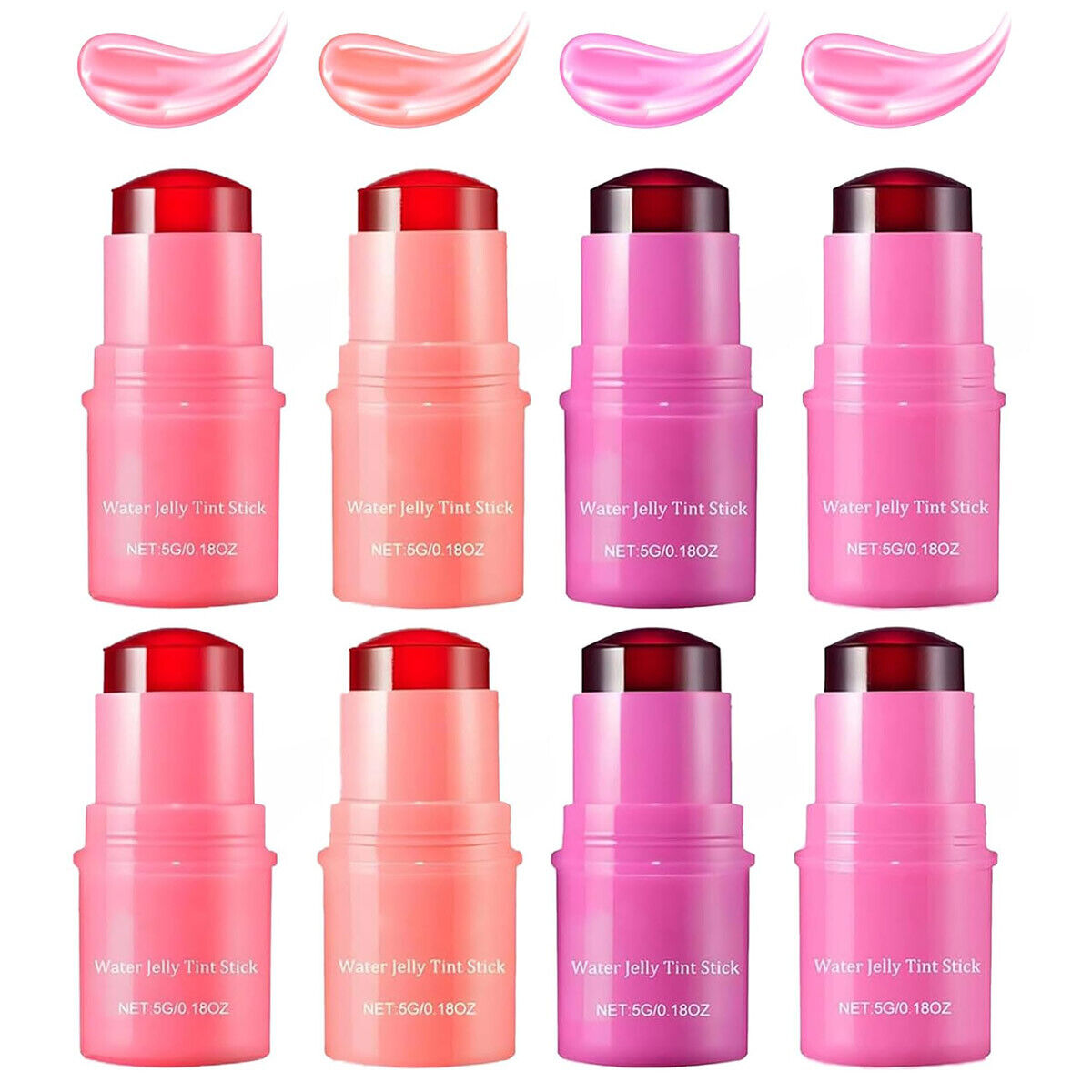
Blush
Blush adds color to the cheeks to give a natural, healthy flush. It comes in powder, cream, gel, or liquid forms.
Benefits: Enhances the complexion with a youthful glow and adds dimension to the face.
Potential Issues: Can appear unnatural if applied too heavily or incorrectly blended.
Watch how Blush is made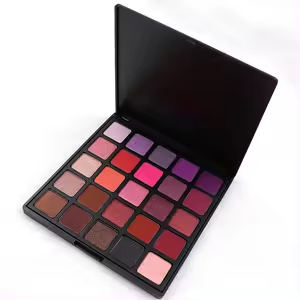
Eyeshadow
Eyeshadow is applied to the eyelids to enhance or change the color of the eyes. It comes in various forms, including powder, cream, and pencil.
Benefits: Adds color and definition to the eyes. Can be used to create various looks, from natural to dramatic.
Potential Issues: Some formulations can cause irritation or allergic reactions if they come into contact with the eyes.
Watch how Eyeshadow is made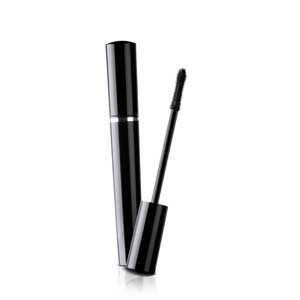
Mascara
Mascara is applied to the eyelashes to darken, lengthen, and volumize them. It is available in various formulas, including waterproof and regular.
Benefits: Enhances the lashes, making the eyes appear larger and more defined.
Potential Issues: Can cause irritation if it gets into the eyes. Waterproof formulas can be difficult to remove.
Watch how Mascara is made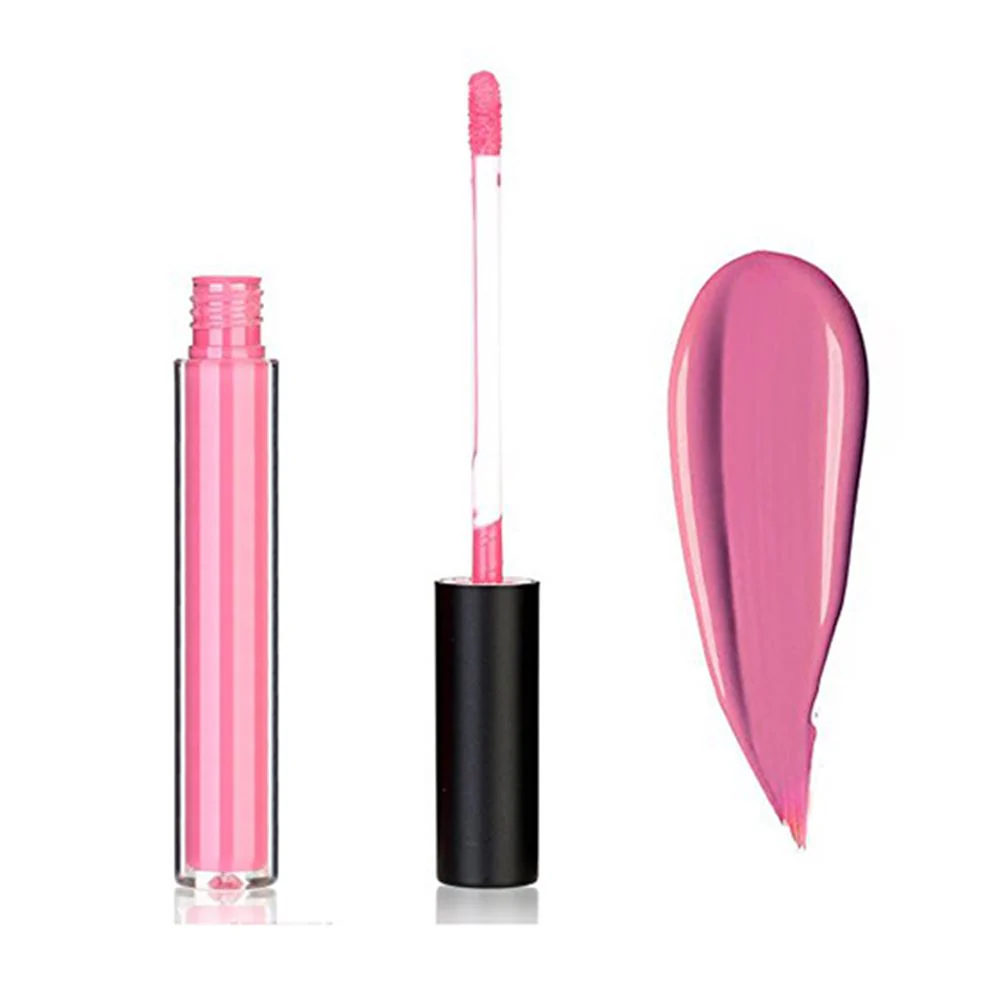
Lipstick
Lipstick adds color and texture to the lips. It comes in many formulations, including matte, glossy, and satin.
Benefits: Provides color and can also offer hydration or long-lasting wear depending on the formula.
Potential Issues: Some formulations can be drying or cause irritation. Requires regular reapplication to maintain color.
Watch how Lipstick is made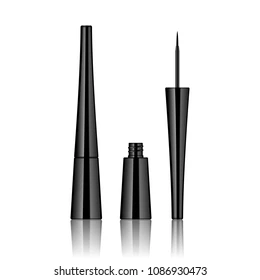
Eyeliner
Eyeliner is applied around the eyes to define their shape. It comes in pencil, gel, liquid, and cream forms.
Benefits: Defines the eyes and can create various looks, from subtle to bold.
Potential Issues: Can cause irritation if not applied carefully. Liquid liners can be difficult to remove and may smudge.
Watch how Eyeliner is made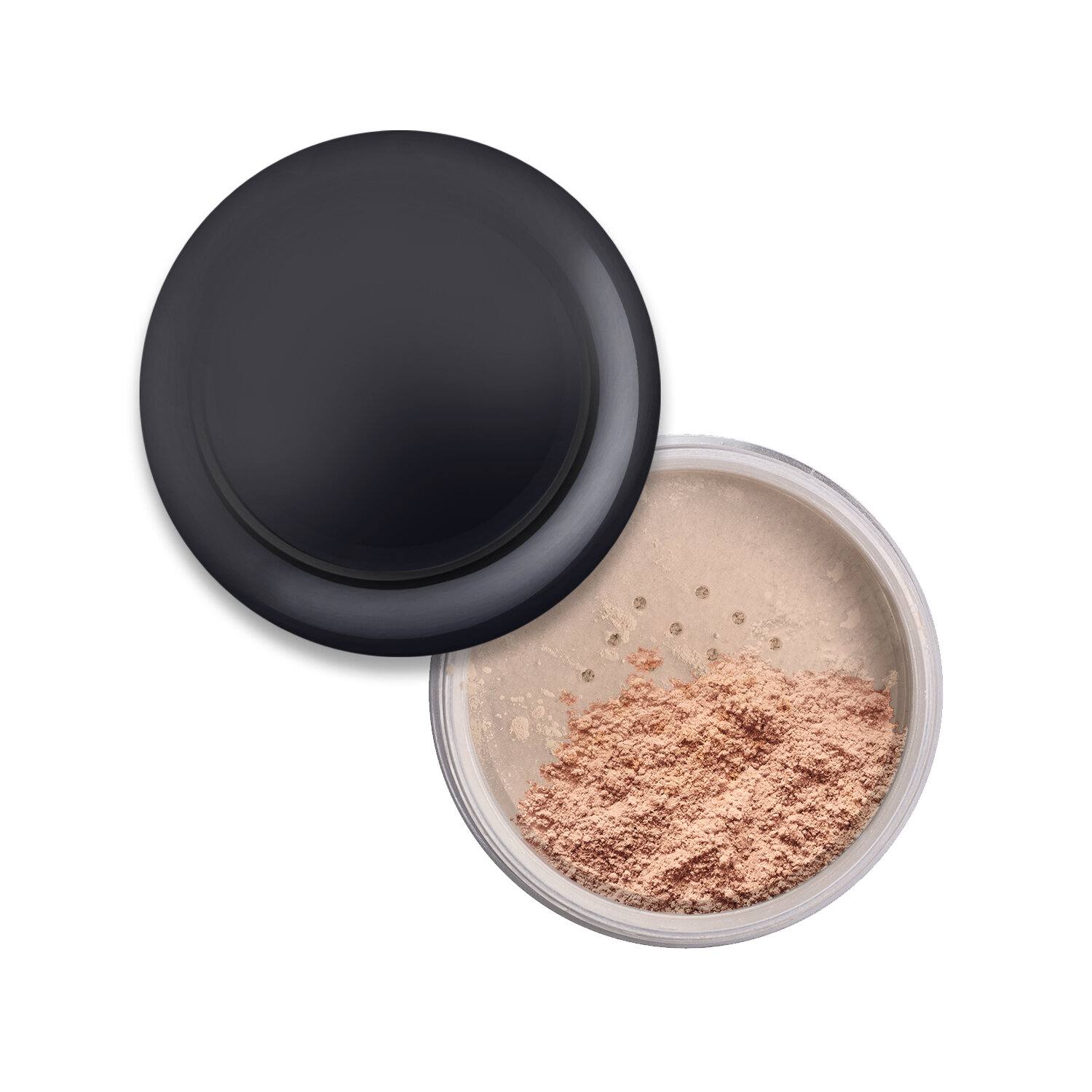
Setting Powder
Setting powder is used to set foundation and concealer in place, reducing shine and providing a matte finish.
Benefits: Helps to set make-up and control oil and shine throughout the day.
Potential Issues: Can make the skin look dry or cakey if over-applied.
Watch how Setting Powder is made
Highlighter
Highlighter is applied to the high points of the face to add radiance and a glowing effect. It can come in powder, cream, or liquid forms.
Benefits: Adds a luminous glow to the skin, enhancing the natural radiance.
Potential Issues: Can highlight texture or imperfections if not applied carefully.
Watch how Highlighter is madeMake-Up Station
Choose Your Brush
Safety Information
General Safety Tips
To ensure safe use of cosmetics, follow these guidelines:
- Patch Testing: Conduct a patch test before using new products. Apply a small amount on a discreet area of your skin and wait 24 hours to check for allergic reactions.
- Skin Type Suitability: Choose products suited for your skin type to avoid adverse reactions.
- Personal Use Only: Avoid sharing personal cosmetic items to prevent infections.
Ingredient Safety
Understand the safety of key ingredients:
- Common Allergens:
- Preservatives: Chemicals like parabens (e.g., methylparaben) can cause allergic reactions. Opt for products without these if sensitive.
- Fragrances: Often used for scent but can be irritating. Choose fragrance-free or hypoallergenic products if necessary.
- Pigments: Colorants like FD&C dyes can cause reactions. Check labels for specific dye numbers (e.g., FD&C Red No. 40).
- Ingredient Knowledge: Research unfamiliar ingredients to understand their effects. For example, salicylic acid is used for acne, while retinol aids in anti-aging.
Emergency Information
Know what to do in case of an adverse reaction:
- Allergic Reactions: Discontinue use immediately and rinse with lukewarm water. Apply soothing agents if needed.
- Severe Reactions: Seek medical attention immediately and contact emergency services.
- Poison Control: Keep the contact number for your local poison control center readily available.
Product Storage
Store cosmetics properly to maintain their safety and effectiveness:
- Optimal Storage Conditions: Keep products in a cool, dry place away from sunlight and heat.
- Container Hygiene: Close containers tightly and avoid touching the product with dirty hands.
- Expiration Dates: Regularly check and dispose of expired products.
Usage Guidelines
For hygienic and safe application:
- Clean Applicators: Use clean tools and wash them regularly.
- Hygienic Practices: Avoid touching your face or product containers with dirty hands.
- Disposal: Dispose of old or unused cosmetics following local regulations.
Frequently Asked Questions
What is cosmetic chemistry?
Cosmetic chemistry involves the study of ingredients used in beauty and skincare products, focusing on their formulation, effects on the skin, and overall safety.
How do I know if a product is safe for my skin?
Always check for potential allergens and perform a patch test before using a new product. If you have sensitive skin, opt for hypoallergenic or dermatologist-tested products.
What are common allergens in cosmetics?
Common allergens include preservatives like parabens, synthetic fragrances, and certain pigments or dyes. It’s important to review product ingredients to avoid reactions.
How can I check the ingredients in my cosmetic products?
Most cosmetics list their ingredients on the packaging. You can also visit the brand’s website or consult databases that provide detailed information on ingredients and their safety.
What should I do if I experience a reaction to a cosmetic product?
If you experience irritation or an allergic reaction, discontinue use immediately. Rinse the area with lukewarm water and apply a soothing agent. If the reaction persists, seek medical advice.